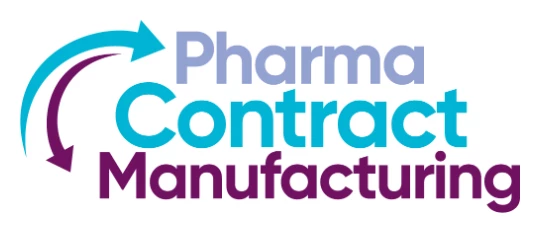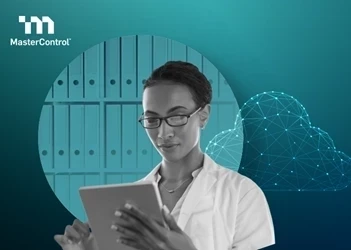Cell and Gene Therapy Manufacturing 2016
Add bookmarkEarlier this month, Industry members gathered to tackle challenges and contribute to the discussion surrounding cell and gene therapies and their manufacture.
The dominant notion that emerged from the conference was the emphasis on the management of the product’s starting material in the manufacture of cell and gene therapies. The transit of these therapies should be perceived not as merely shipping but in fact mapping out a chain of identity and custody to ensure materials are fully preserved. Also, considering and planning for scaling-up early on in the process.
A range of topics were addressed on site including, scalability, gene modified t-cells, regulatory requirements, closed system processing and AAV based gene therapy vectors. The logistics of transporting a cell therapy to the patient with a reasonable cost of goods was examined. The reasonable cost of goods is understood as being the total price of all services and goods within the process of the therapy and its delivery. It was noted that logistics costs can extend up to 60% of the overall costs of the therapy.
Many experts at the event stressed that going commercial needs to be considered in the initial outset rather than just when the scaling up is needed. System integration is vital to uplifting volumes.
Questions were asked on whether the patients should be brought to the therapy at the production site rather than vice versa due to the added controls needed. However, it was noted that this isn't always suitable in some cases as patients can be critically Ill, therefore international travel is not always an option.
Another key subject posed by speaker Dawn Hiles, Senior Biomedical Scientist, Production Manager for Cellular Therapies, Newcastle University was the focus on sterility assurance challenges in the manufacture of advanced therapeutic medicinal products. The entire whole production process needs to be designed to ensure that the product has the most minimal risk of contamination. Contamination can occur at any stage and the initial materials themselves need to be assessed.
[inlinead]
Other experts onsite included the likes of, Sascha Sonnenberg, President of Global CTS Sales and Operations, Marken, Elena Meurer, Head of Pharmaceutical and Technical Development at Apceth, Miguel Forte of TXCell and Antoine Heron of Merck Life Sciences.
Companies present included Cell & Gene Therapy Catapult, Plasticell, World Courier and Cellular Therapeutics.
Footage of the event and future coverage to follow shortly. Until then, view the live twitter coverage.




















